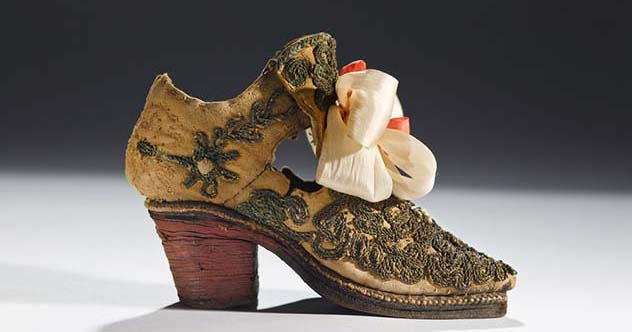We often think of certain items as being exclusively for women, but history has a funny way of rewriting perceptions. Many of the things we associate with femininity today were initially designed and used by men. Let’s explore some surprising examples of items that made the switch.
Bra Clasps
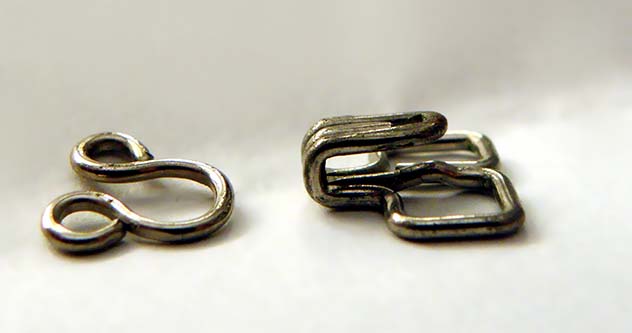
Mark Twain, the famous writer, wasn’t a fan of suspenders. He found those straps uncomfortable and invented the hook and eye as a replacement. This small metal fastener was designed to hold up men’s trousers, much like belts do today. While men didn’t widely adopt it, women recognized its potential and it became a staple in bra design. Twain even received a patent for his invention in 1871, describing it as an improvement for adjustable garment straps.
High Heels
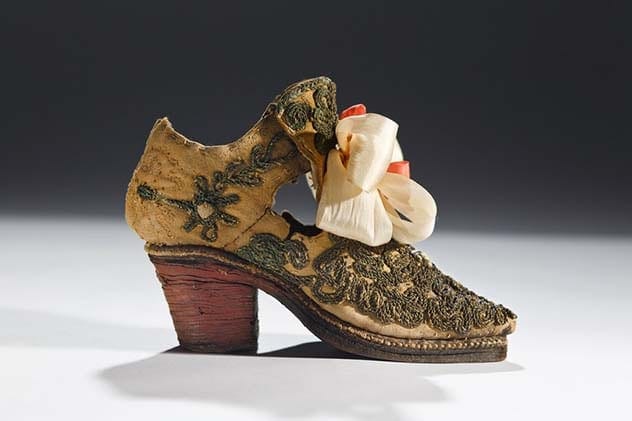
High heels are quintessentially feminine, right? Surprisingly, they were first created for men. In the 10th century, Persian soldiers wore heels to secure their feet in stirrups, improving their balance and accuracy during combat. The trend caught on in Europe during the 17th century, with male aristocrats sporting heels to appear taller and more imposing. King Louis XIV of France even distributed heeled shoes to his cabinet members in 1673. Women later adopted high heels to make their feet appear smaller, but the original intention was all about male functionality and status.
Handbags
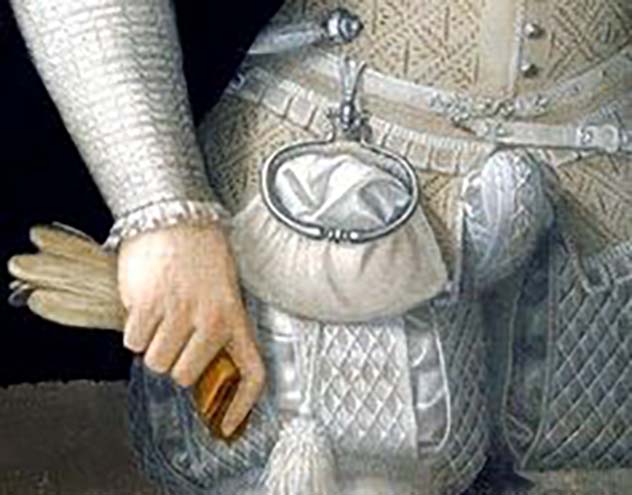
Centuries ago, when clothing lacked pockets, both men and women used small bags or pouches to carry money and other essentials. These pouches were often attached to belts around the waist. In the 16th century, women switched to chatelaines, metal belts from which they hung keys and sewing materials. The modern handbag emerged in the early 1900s, adapted from the hand-held bags men used. Fashion designers of the time enhanced these bags with fasteners and compartments, creating the feminine handbags we know today.
Thongs

Thongs, often associated with women’s underwear and swimwear, have a history that dates back to ancient times. In Africa (42,000 BC) and later in ancient Egypt, Greece, Crete (1570 B.C.), and Japan (250 A.D.), thongs were commonly worn by men. These early versions were designed to cover private parts while leaving the buttocks exposed. In the 1800s, thongs reappeared as jockstraps, used by men for protection during sports. The modern thong made its debut at the 1939 New York World Trade Fair when female dancers used them to comply with decency regulations.
Disposable Menstrual Pads
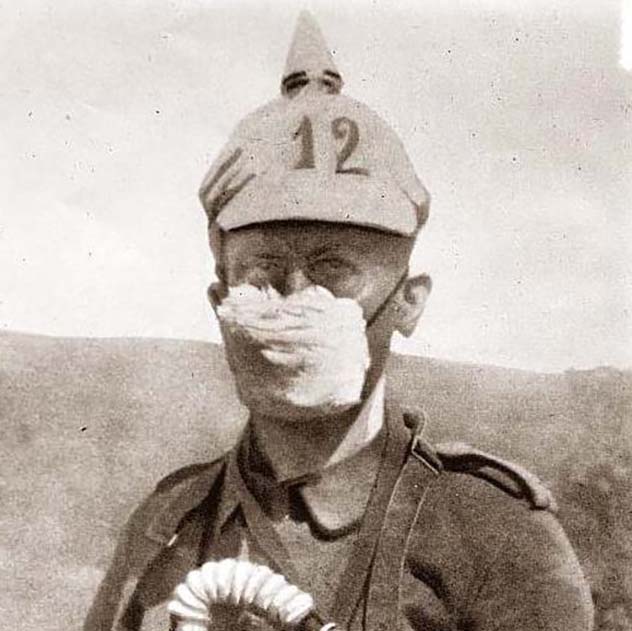
Before disposable menstrual pads, reusable options were the norm. During World War I, the Kimberly-Clark Corporation developed Cellucotton, a highly absorbent material used to dress injured soldiers. Nurses discovered that Cellucotton was also effective for managing menstrual discharge. After the war, Kimberly-Clark repurposed Cellucotton into Kotex, the first brand of disposable menstrual pads, launching in 1920. Initially created for medical purposes for men, it found a lasting market in women’s hygiene.
Stockings
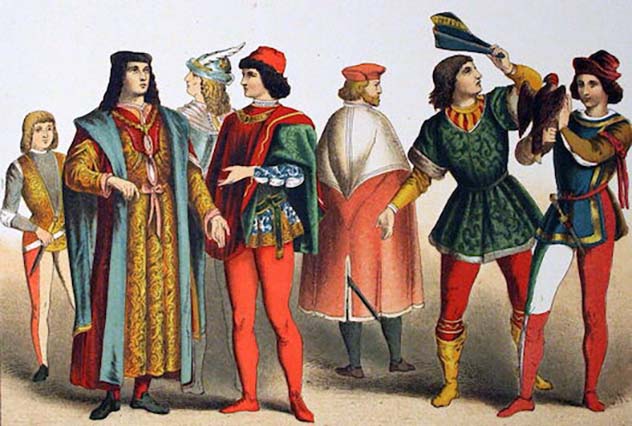
Today, stockings are almost exclusively worn by women, but their origins lie with men. Men have been wearing stockings since the 9th century, with upper-class men favoring white or colored stockings, while poorer men wore black. Stockings, or hoses, covered the feet and part of the legs. Over time, between the 16th and 20th centuries, stockings transitioned from a masculine to a feminine item. By the 19th century, they were so closely associated with women that men stopped wearing them altogether.
Skinny Jeans
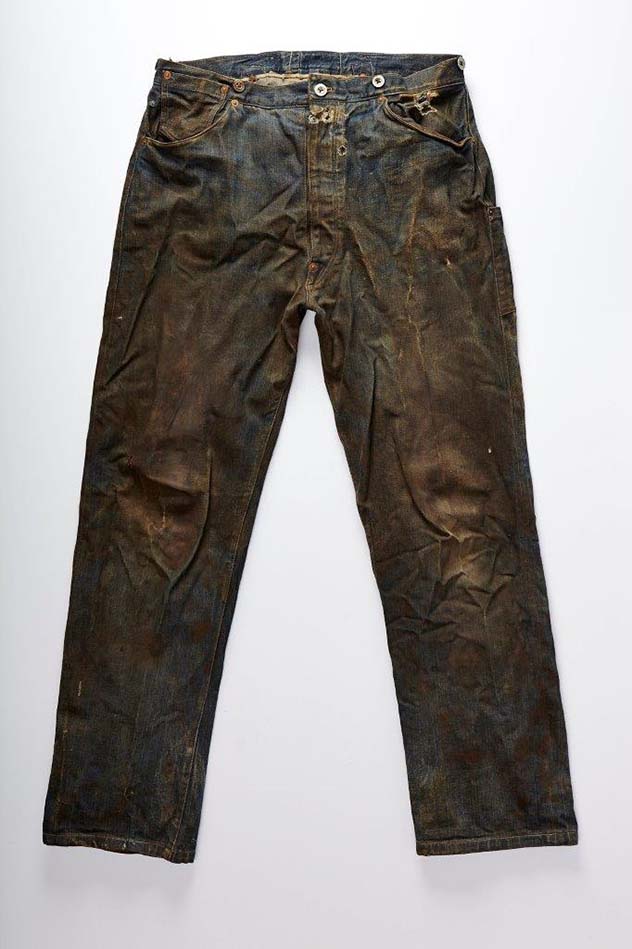
Jeans, including skinny jeans, trace back to Jacob Davis and Levi Strauss in 1873. During the California Gold Rush, tailor Jacob Davis needed a durable material for work trousers and turned to Levi Strauss for denim. The resulting jeans were a hit among miners. Initially a male clothing item, Levi Strauss & Co. created Lady Levi’s® Lot 701 in 1930, the first jeans designed exclusively for women. As the company shifted its marketing, the slim fit evolved, eventually leading to the skinny jeans we know today.
Everything Pink

A century ago, pink was for boys, and blue was for girls. This might sound bizarre today, but in the early 1900s, colored baby clothes emerged without specific gender associations. By World War I, pink was considered a strong color for boys, while blue was deemed prettier for girls. The shift began in the 1960s when female liberation movements dressed their daughters in blue, and by 1985, the garment industry solidified the change, marketing pink to girls and blue to boys to drive new clothing sales.
These items, once staples in men’s wardrobes or toolkits, have journeyed through time and cultural shifts to become associated with women. It’s a reminder that fashion and societal norms are ever-evolving, and what we consider traditionally feminine today might have surprising roots.
What are your thoughts on these surprising gender-bending origins? Leave a comment below!


